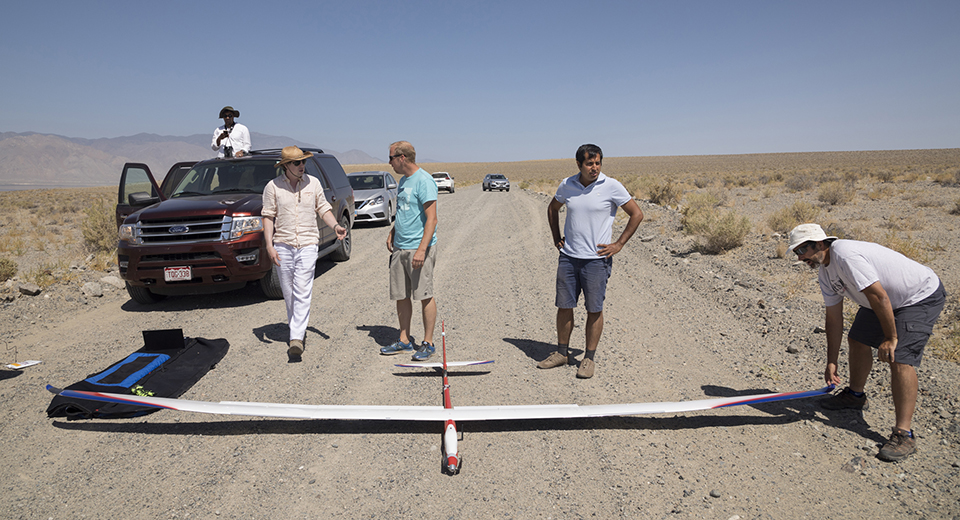
Microsoft researchers have created a system that uses artificial intelligence to keep a type of glider known as a sailplane in the air without using a motor, by autonomously finding and catching rides on naturally occurring thermals, similar to how many birds stay aloft.
“Birds do this seamlessly, and all they’re doing is harnessing nature. And they do it with a peanut-sized brain,” says Ashish Kapoor, a principal researcher at Microsoft.
For a machine to do it requires a complex set of AI algorithms that can identify things like air temperature, wind direction and areas where it is not allowed to fly. Then, the system must use other AI methods to take that information and make real-time predictions about where it might find its next ride on a thermal.
The autonomous sailplane is useful in and of itself. But Andrey Kolobov, the Microsoft researcher in charge of the project’s research and engineering efforts, says they also expect the work to apply to plenty of other increasingly sophisticated systems that rely on AI and will operate in real, unpredictable environments.
“For us, the sailplane is a testbed for technologies at the core of anything that will be considered intelligent in the next 10 years,” he says.
To read more about the project, head over to the Microsoft News Center.



